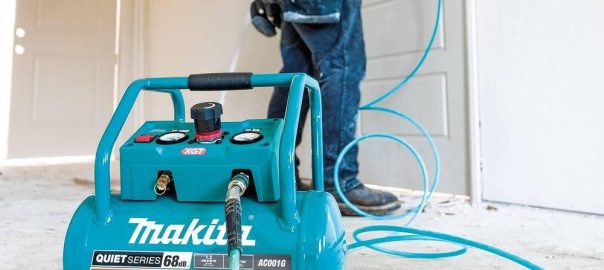Steps to taking care of your generator!
Just like any appliance in your home, maintaining your generator helps prevent it from breaking down or needing untimely repairs. The more attention you give your generator, the longer it will last, and the better it will function.
1. Change the Oil
One of the most important ways to maintain your generator is to change its oil regularly. How often you need to change the oil will depend on several variables, including:
The brand of generator you own
How frequently you use your generator
What environment the generator operates in
Industry experts recommend changing the oil every 50 to 200 hours of operation based on the above factors. For instance, newer, state-of-the-art models may require fewer oil changes because they burn cleaner than older models. But, if your generator operates in an environment with a lot of dust or contaminants that can mix with your oil, you may need to increase the number of times you change the oil.
Additionally, if your generator is brand new, it’s common for manufacturers to recommend an oil change after the first eight hours of use. By changing the oil immediately, you can ensure your generator is free from contaminants that may have gotten into your system during manufacturing or shipping
2. Keep it Clean
A generator works from the rotor and stator, two parts located inside your generator, working together to create electricity. When in operation, it’s typical for rotors and stators to collect dust, debris, and other contaminants.
If you allow your generator to build up too much grime, your rotor and stator can won’t generate energy as efficiently as possible. It’s also likely you’ll burn the two parts out faster than average.
To eliminate debris, you must clean the air filters in your generator. And, regardless of how often you use your generator, it’s recommended to check the air filter for dust weekly.
If you live in a particularly dusty area increase the number of times you check your generator. These precautions will ensure you’re generator is ready to use when you need it most.
3. Start it Up
Most times, generators are a backup precaution, which means you could go months or years without needing to fire it up. But, what happens when you need your generator, and it doesn’t work?
Don’t let yourself get in this situation. Instead, every month, start your generator up to:
Ensure it’s getting lubricated by oil
Charge the batteries (if applicable)
The carburetor is functioning well
But most importantly, to make sure that the generator works and that you have access to power when you need it most
4. Test it Out
The National Fire Protection Agency (NFPA) has created a set of standards homeowners can follow when it comes to testing their generators. For non-critical generators, like those that homeowners use for a charge during an occasional power outage, should follow NFPA 70.
NFPA 70 states that generators should be tested at 30% to 50% of their maximum load, for 30-minutes at least once per month
5. Don’t Use Old Petrol
Most homeowners may not realise they should empty the fuel from their generator’s tank after each use. Cleaning out the tank ensures that you’re running clean, efficient fuel, and also protects your equipment from erosion and damage.
Instead of relying on old fuel, purchase a generator that’s easy to fill on-demand. For example, generators that run on propane can utilise home-delivered services, so that in the event of an emergency, you have access to resources, without having to scour for fuel.
6. Store it Safely
To extend the life of your portable generator, you’ll need to take a few precautions after each use. In addition to emptying the fuel tank, double-check that the fuel lines are also empty. Store your equipment in a cool, dry place to decrease rusting, and extend its life.
For additional protection, homeowners can consider purchasing accessories like:
- Generator sheds
- Tents
- Covers
Each of these tools helps store and protect your portable generator so that you can ward off untimely repairs.


